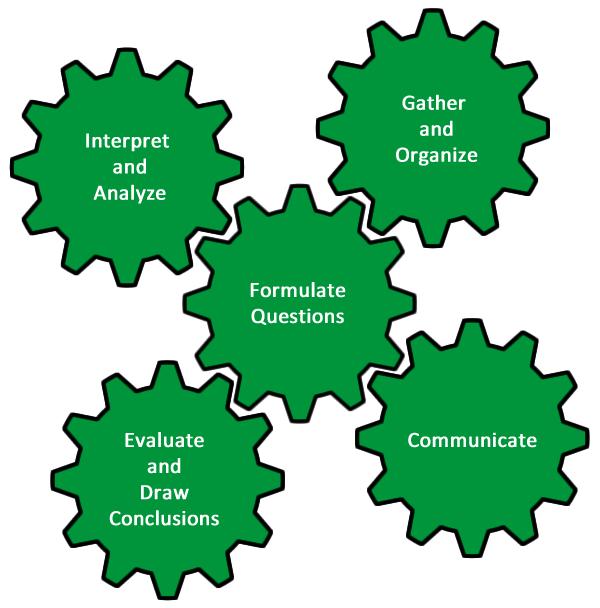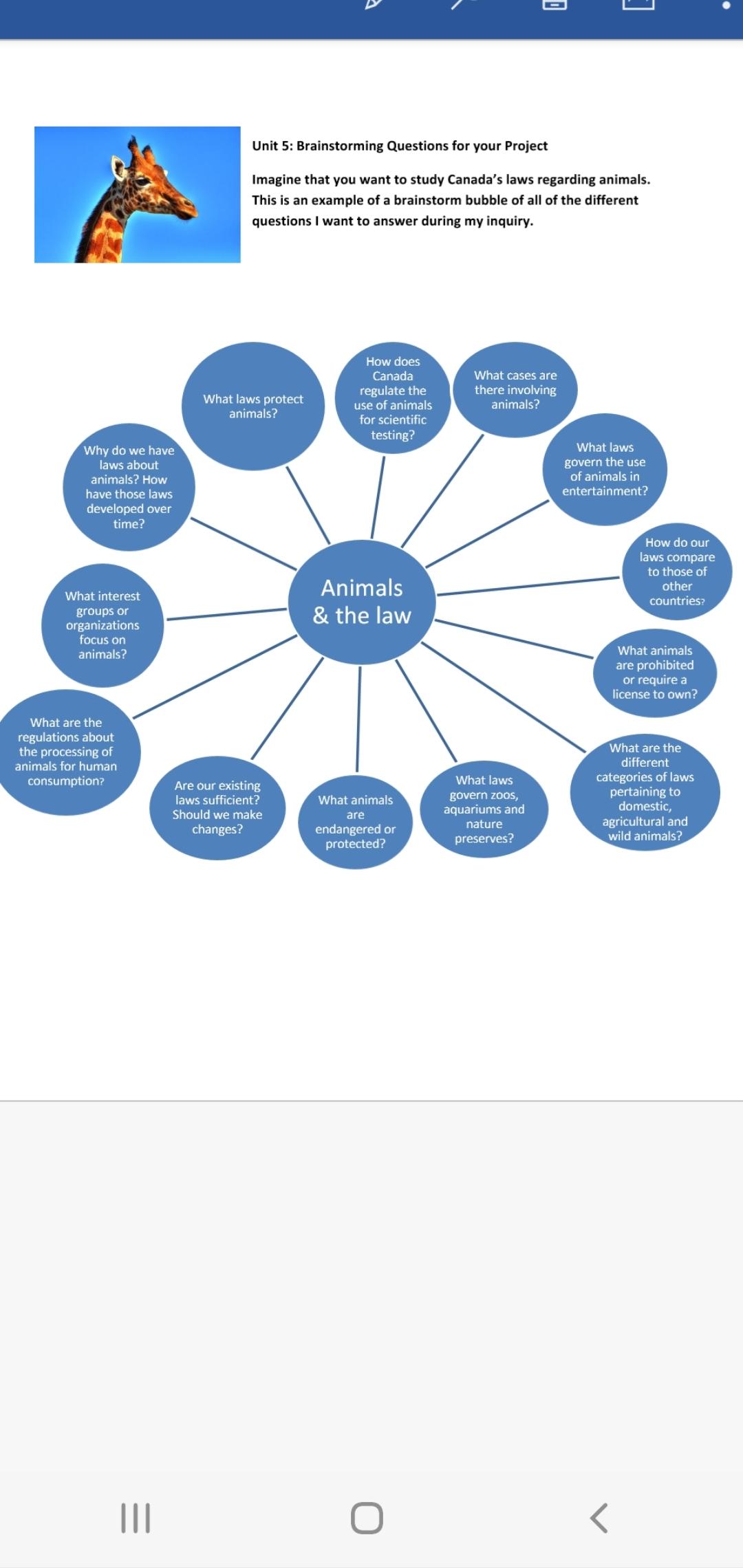Question
choose a topic and create questions for for the topic and answer please see the step and help me Your final task for
choose a topic and create questions for for the topic and answer please see the step and help me
Your final task for your legal studies class is to conduct an inquiry into a certain area of law and create a new law to address some of the problems you identify.

Step 1: How do I begin?
The first question to ask yourself is: What issue(s) do you think are of legal significance in Canada?
These are just a few examples:
| Reproductive rights for women | Entertainment law | Child protection and services |
| Privacy laws | Charter of Rights and Freedoms | Youth Criminal Justice Act |
| Environmental law | Law and Sport | Law and Health Care |
| Law and Auto Industry | Law and Animals | Sentencing in Canada |
| Prison Conditions | Law and First Nations | Immigration law |
These are only suggestions. Please feel free to discuss an area of interest with your teacher.
The next step is to narrow your focus. For example:
| It may take some time to focus your study. |
|
|---|
This does not happen easily; it may require a conversation with a peer or your teacher to help refine your topic.
Once you have chosen your area of study, brainstorm all of the questions you can create. Click Brainstorming to see an example of the types of questions you might include.

Choose 5 "good" questions to guide your inquiry. Use these questions throughout your research and creation process to help keep you focused upon your goal.
Keep the legal thinking concepts in mind as you create your questions.
Tips
Remember the criteria of a "good" question.
- A good question generates more questions.
- A good question may have more than one answer.
- A good question prompts lots of thinking.
Step 2: What do I do next?
It is time to do the research to answer your questions. Use primary and secondary sources such as
- Existing legislation;
- Government websites;
- Websites of interest groups, corporations, non-governmental organizations;
- News reports and articles;
- Case studies.
You should aim to have 7-10 distinct sources. Remember to ask questions about your sources.
Tips
Remember to ask questions about your sources. For example:
Who is the author?
Is there a bias present; hidden or overt?
Is the source reliable?
What evidence is used to support the argument made by the source?
Can I corroborate the source with another source?
Step 3: Getting organized & Analyzing the Evidence
Using a graphic organizer of your choice, record all of your findings and the source information.
Your computer will have a number of organizers (e.g., SmartArt in Word) you can use. Perhaps a simple table will work for you. Try to choose an organizer that suits your topic.
For example; if you are comparing and contrasting the conditions in adult prisons and youth facilities, you may wish to use a Venn diagram. Determine whether you have sufficient evidence to answer your questions. You may need to do further research.
Remember that you will need to cite your sources. Use the citation guide to help you.
Step 4: What have you learned?
In this step you will need to think about all of the information you have gathered and begin to evaluate your findings. This can be challenging. Perhaps you anticipated a certain answer and yet your research has led you to a different conclusion. Accepting new, valid information and allowing it to alter and shape your thoughts is a key part of critical thinking.
It is time to draw conclusions about your research. For example: You may have chosen Threats to Border Security as the legal issue you wanted to investigate. The questions you asked were:
| Time to synthesize date and evidence. Draw some conclusions about your learning. |
Using the information you gathered, answer your questions.
Step 5: Redesign the Law
Given the information you have gathered, determine the changes you think need to be made to the existing law.
Ask yourself: What changes do I think need to be made to the law to address this emerging issue?
Step 6: Determine how you will communicate your ideas.
You are likely familiar with the phrase "Play to your strengths." This means that you should do something that you are good at; if you have an eye for graphic design, make a flyer, poster, infographic or poster. You will have several choices.
Should you have an idea, please share it with your teacher to see if it is a possibility
Interpret and Analyze Evaluate and Draw Conclusions Formulate Questions Gather and Organize Communicate
Step by Step Solution
There are 3 Steps involved in it
Step: 1

Get Instant Access to Expert-Tailored Solutions
See step-by-step solutions with expert insights and AI powered tools for academic success
Step: 2

Step: 3

Ace Your Homework with AI
Get the answers you need in no time with our AI-driven, step-by-step assistance
Get Started


